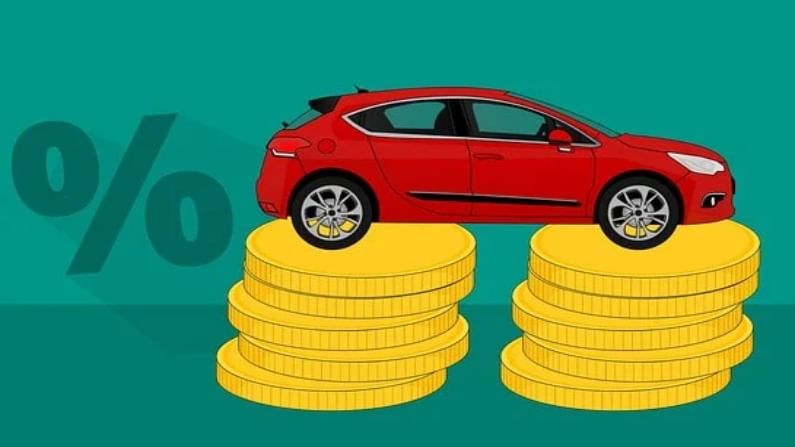Nine things that affect your car insurance premium
While it may be a tempting idea to reduce coverage for a lower premium, here are few lesser-known things that affect your car insurance premium rates

Car insurance premium rates differ from insurer to insurer. This is because many factors affect the premium rates of your vehicle. Adequate knowledge about these determinants may help you to reduce the premium rates, especially at the time of stretched budgets. While it may be a tempting idea to reduce your coverage for a lower premium, here we have listed for you 9 lesser-known that affect your car insurance premium rates:
Kind of car you drive
One of the most important factors is the class and model of your car. For example, if you own a diesel car, then you may have to set aside a higher car insurance premium. This is because diesel car are expensive than petrol variants and hence have higher Insured Declared Value (IDV). IDV means your car’s current value based on which the highest sum payable will be payable by the insurer in case of theft or total loss. Similarly, the premium is higher for sports, CNG or cars with higher cubic capacity.
How do you drive
The way you drive also affects your motor insurance premium rates. These days the “Pay as you Drive” (PAYD) concept is getting quite popular where premium rates are based not only on the kind of car you drive but also on the distance travelled and the driver’s experience. “Pay as you go or pay as you drive option allows the insured to pay the premium as per the usage of their vehicle.
Where you drive
Motor insurance premium rates are also determined by where you live. For example, metro cities with higher rates of accidents, theft and vandalism have comparatively higher rates than non-metro and rural areas.
Age and gender
Insurance companies also determine your premium rates based on your age and gender. For example, women may be charged lower premium rates compared to their male counterparts. Similarly, younger drivers who are less experience are often charged more than older drivers.
Type of coverage
There are two types of motor insurance covers-own damage and third party cover. The premium rates of the third party, which is a mandatory cover, are determined by IRDAI. On the other hand, the cost of the own damage varies from insurer to insurer. Hence, the premium of your motor insurance policy depends on the type of cover you have opted for.
Deductibles
The deductible amount is also known as voluntary excess. The higher the deductible amount, the lower will be the cost of your policy. But remember that you will need to pay the deductible amount out of your pocket when making a claim.
Add-ons
With every add-on, you are charged some extra premium. Therefore, while selecting add-ons, make sure you choose the covers wisely else you might end up paying a higher premium for the coverage, which is not even needed.
Safety features
Insurance companies offer discounts if you have anti-theft devices installed in the car including GPS system, safety lock for gears, among other things. At the time of filling the proposal form, you need to inform your insurance company about such installations. Moreover, these anti-theft instruments must be endorsed by the Automotive Research Association of India.
Claim
For every claim-free year, you get a discount on the own-damage premium known as NCB. The discount rate increases until it reaches a maximum limit of 50%. For example in the first year you get a discount of 20%, the second year it will be 25%, the third year 35%, the fourth year 45% and fifth year it reaches 50% If the claim amount is tiny then in some cases it might not be advisable to make a claim, as you would lose out on your No Claim Bonus or NCB.
So before buying a policy or making a claim, weigh the factors that may affect your premium rates.

